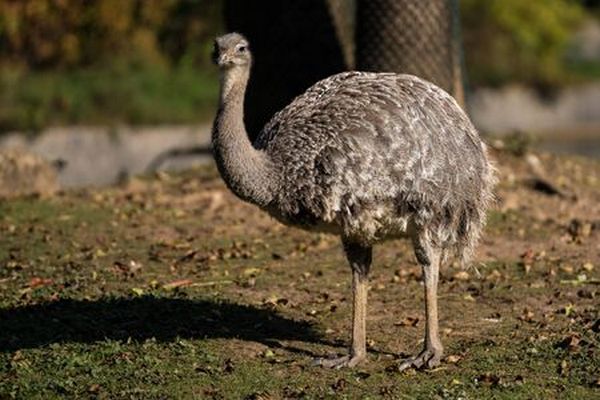
The rheas are large ratites in the order Rheiformes, native to South America, distantly related to the ostrich and emu. Most taxonomic authorities recognize two extant species: the greater or American rhea and the lesser or Darwin’s rhea. The IUCN lists the puna rhea as a separate species.
Rhea, either of two species of large, flightless birds in the family Rheidae, order Rheiformes. They are native to South America and are related to the ostrich and emu. The common rhea (Rhea americana) is found in open country from northeastern Brazil southward to Argentina, while Darwin’s rhea (Pterocnemia pennata) lives from Peru southward to Patagonia, at the tip of the continent. Both species are considerably smaller than the ostrich; the common rhea stands about 120 cm (4 feet) tall and weighs about 20 kg (50 pounds). The common rhea has brown or gray upper parts and whitish underparts, while Darwin’s rhea is somewhat smaller in size, and its brownish plumage is tipped with white.
These birds can reach 5.6 feet (1.7 m), and weigh up to 88 pounds (40 kg). Their wings are large for a flightless bird and are spread while running, to act like sails. Unlike most birds, rheas have only three toes. Their tarsus has horizontal plates on the front of it. They also store urine separately in an expansion of the cloaca.